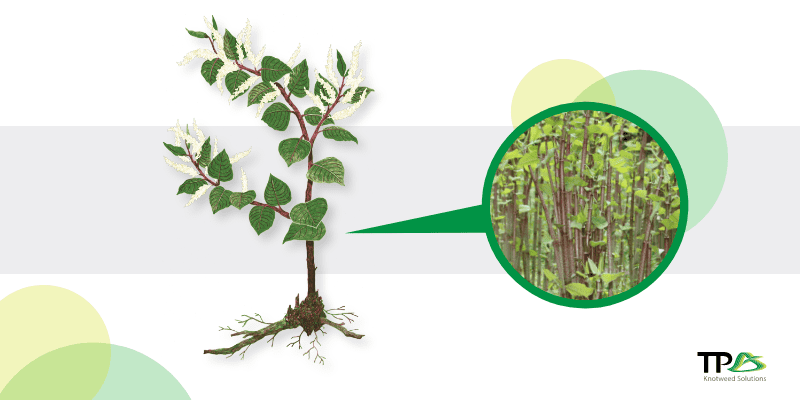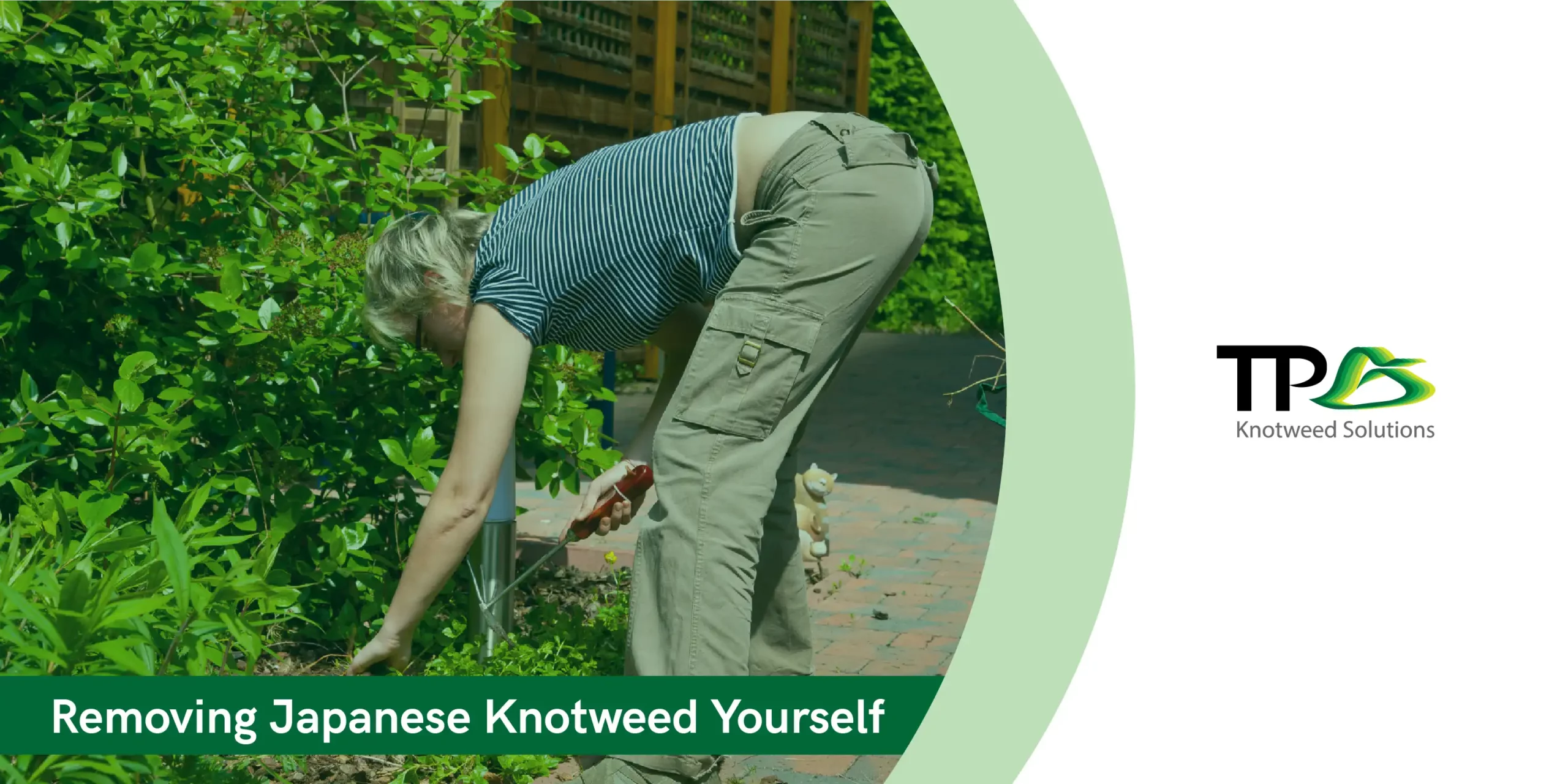Japanese Knotweed is notorious for wreaking havoc throughout the UK. This invasive species is aggressive and capable of causing immense structural and economic damage. If found on your property, it could lower the value of your house and deter lenders from granting mortgages to potential buyers.
Japanese Knotweed not only poses a risk of becoming a costly problem, but also a legal one if it is left to grow out of hand. When it comes to dealing with this invasive weed, it is of the utmost importance to stay informed. Our comprehensive guide will help clarify any questions that you might have about Japanese Knotweed and who will be responsible for its removal.
How to identify Japanese Knotweed
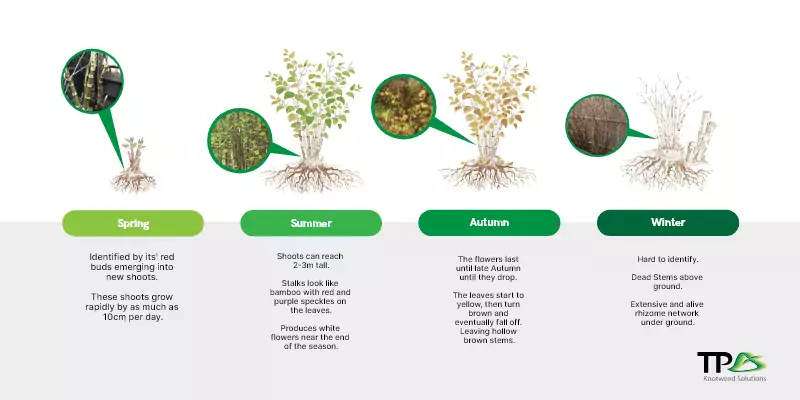
Native to Japan, Japanese Knotweed arrived in the UK in 1850. Due to its fast and effortless growth, it was easy to sell to eager gardeners, and was very popular at the time. It quickly spread on its own and started to populate the sides of rivers, highways and railway tracks. For more than a century, the plant was allowed to spread unchecked, and was only recognised as an invasive species in 1981.
Although you are not required by law to get rid of Japanese Knotweed on your own property, it is against the law to let it spread to someone else’s land.
In accordance with the Wildlife and Countryside Act of 1981, it is also unlawful to intentionally or unintentionally permit the spread of Japanese Knotweed in the wild. This is crucial to keep in mind while disposing of waste that has been contaminated by the invasive weed.
It might be difficult to identify Japanese Knotweed, as it spreads quickly, hibernates throughout the winter, awakens in the spring, and its root network grows at an alarming rate. There are, however, some distinguishing characteristics between Japanese Knotweed and a number of other common plants found in England. The plant’s leaves are heart or shield-shaped, broad, and green in the summer. The hollow, reddish-coloured stalks resemble bamboo in colour and appearance. It dies back in the winter, and the stems become very brittle and brown.
Who do you report Japanese Knotweed to?
If you have identified Japanese Knotweed on your property or in a public space, you should report it to your local council or a qualified specialist. If there is Japanese Knotweed in your neighbour’s garden, try to talk to them about it. The presence of Japanese Knotweed on their property is not illegal, but if it spreads to your land, you may be able to take legal action against your neighbour for causing a nuisance.
A regulation that allows local governments to fine persons for failing to do enough to eliminate Japanese Knotweed was implemented in 2014. Speak with the environmental team of your local council, as they will have the authority to urge your neighbour to resolve the issue if necessary.
Who is responsible for removing Japanese Knotweed?
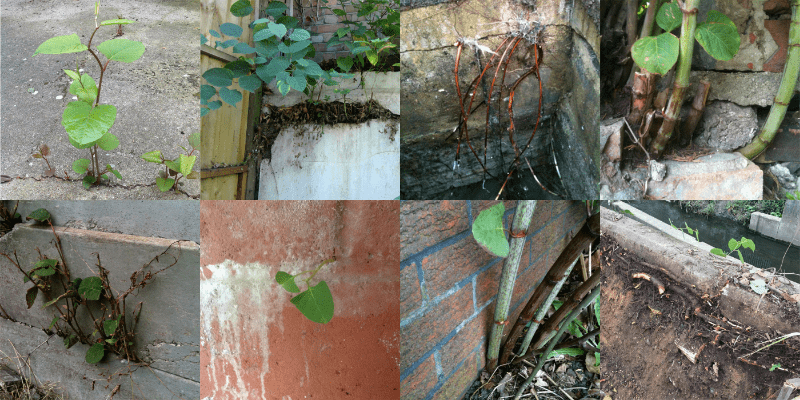
The responsibility for removing Japanese Knotweed can vary depending on the situation and location of the plant. Generally, if Japanese Knotweed is present on your property, it is your responsibility to manage and control it.
If the Japanese Knotweed has spread from a neighbouring property, you should contact the owner and ask them to take action. If they refuse, you can seek legal advice or assistance from your local council or environmental agency.
Similarly, if Japanese Knotweed is present on public land, such as parks or highways, the responsibility for its management typically falls to the landowner or local council.
If you rent a home, is the removal of Japanese Knotweed the duty of the landlord?
Conventionally, yes it is as it is their property. To find out if you are in charge of the removal of Japanese Knotweed, review your contract. Some landlords may include provisions in rental agreements stating that it is the tenant’s responsibility to remove invasive plant species. Due to the aggressive nature of the plant and the possibility of causing damage to their property, they might agree to help you with the treatment and removal.
Getting rid of Japanese Knotweed
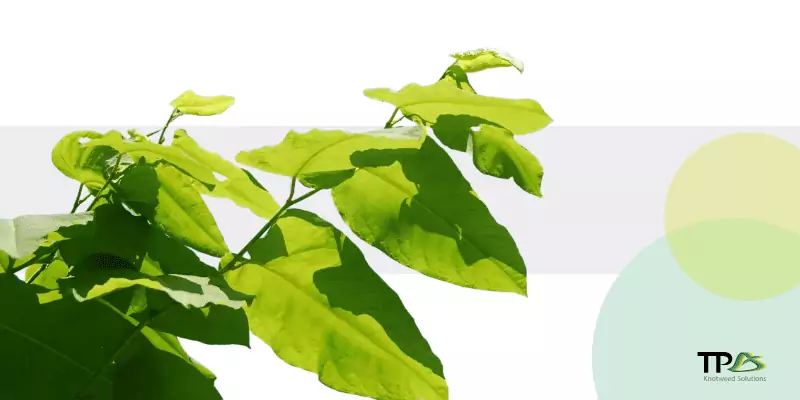
Japanese Knotweed is infamously challenging to remove. The UK Environmental Agency has referred to it as “indisputably the most aggressive, destructive, and invasive plant” in the country. It can have a negative influence on residential property sales in addition to the environment and the economy. Allowing any polluted soil or plant material to spread into the wild is against the law because it is considered regulated waste. If found guilty, you face a maximum 2-year prison sentence or a fine of £5000.
It is required by law that you employ a registered waste carrier that will dispose of any Japanese Knotweed or contaminated soil at a facility that is licensed to do so. If you don’t do this, the hazardous waste might escape into the wild, which could result in legal action against you.
It’s essential to get a thorough Japanese Knotweed Survey from qualified experts. TP Knotweed Solutions have a great deal of experience and expertise cooperating with housing associations and councils to offer the most efficient treatment and removal possible.
